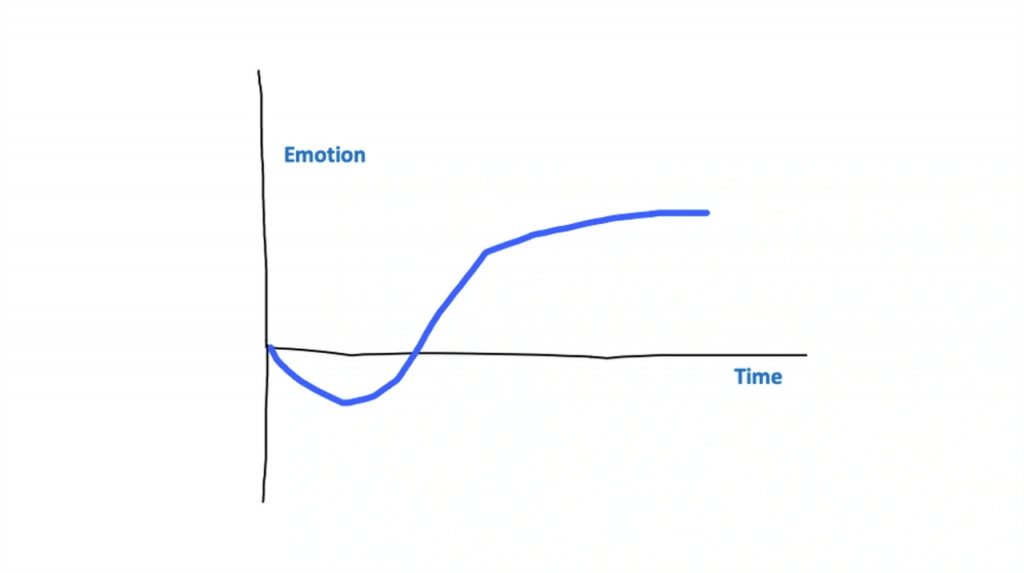
Accountability is all about that you deliver what you promised to do, but in the eyes of others. From the definition you can see that accountability has 2 parties involved. Accountability is a two ways street. How so?
1. If you want to hold others accountable, you first have to hold yourself accountable.
Accountability is more than holding someone responsible for the work. It is a mutual obligation. For example, when a leader or a peer gives a task to one of his/her subordinate or peer, both the assignor and the assignee have things they are accountable for.
For the assignor, he/she is accountable for:
. Set clear expectations of the task
For the assignee, he/she is accountable for:
. Fully understand the expectations
. Commit to the expected outcome and deadline of the task
. Execution of the task according to expectations
. Tracking progress and provide clear updates
. Seek resources/support to resolve roadblocks so the task can be accomplished by deadline
When the task is not completed by the deadline to the expectations, instead of “holding the assignee” accountable to the poor results, there are two parties need to look in the mirror themselves and identify what is missing.
Once accountability is established, what it does for individuals is to help an individual establish a perception of personal brand and integrity. What accountability does for a team is to foster a culture of trust.
However, during the process of establishing accountability, it is a emotional journey (as shown in graph below). Accountability initially exposes where things are lacking. Once embraced, it later on helps an individual or a team to gain a positive image and trust. The ones who embrace it early on the curve, tend to be the ones able to hold others accountable. The ones who are demonstrating accountability to their results in a team, are in the driver seat. Accountability starts with holding yourself accountable, and then holding others accountable.
Accountability can often be associated with something negative, even punitive. When leaders say:”we need to implement accountability in the team”. It often be perceived as such a negative thing and also as “micro-managing”. People often respond to changes initially with doubt or resistance. That is caused by the pressure of “being held accountable”. Accountability does expose the areas where things are lagging, it does not leave room for ambiguity or unclarity as it adds specificity. The accountability emotion curve looks like this:

However, people often fail to see beyond the initial perception, once the “painful” start is passed. Once you embrace accountability, it is a very beneficial and powerful tool. Accountability help you gain trust from others. Once you are able to hold yourself accountable, it is time to hold others accountable for the support you need and they commit to provide. The ones embracing accountability, are in the driver seat.
Understand and able to embrace accountability can help you advance in team work. Not only it is a powerful leadership trait to set positive examples, it also generates positive results. That is why all STRATEGY EXECUTION are fundamentally depending on ACCOUNTABILITY.

At ZL, our mission is to empower small to medium-sized businesses through a suite of bespoke consulting services encompassing market analysis, go-to-market strategies, project management, and PMO consulting. We are dedicated to delivering insightful, hands-on guidance and execution support, ensuring our clients not only achieve but exceed their strategic objectives. Our commitment lies in driving tangible business impact, fostering growth, and building long-term resilience in an ever-evolving marketplace.
© 2024 ZL Consulting LLC - All Rights Reserved.